24 East Asian Vegan Dishes Worth Trying
Vegan cuisine from East Asia offers a tantalizing journey through vibrant flavors and plant-based innovation.
The region's culinary landscape brims with creative, meat-free recipes that challenge traditional cooking expectations.
These dishes showcase remarkable depth, leveraging centuries of agricultural wisdom and cultural traditions.
Delicate ingredients transform simple vegetables into extraordinary culinary experiences that surprise and delight your palate.
Nutritious and colorful, these plant-powered meals demonstrate incredible versatility and sophisticated cooking techniques.
Each recipe represents a unique cultural narrative, connecting food with heritage and sustainability.
The plant-based approach celebrates local produce while respecting environmental and health-conscious principles.
Here are 24 popular East Asian vegan dishes that will revolutionize your understanding of meatless cooking:
Popular East Asian Vegan Dishes for Healthy Eating
East Asia’s vegan dishes transform tofu, mushrooms, and vegetables into meals full of umami and balance. Fresh, colorful plates make healthy eating both satisfying and exciting.
Atsuage
Atsuage are thick, crispy tofu slices deep-fried to golden perfection with a soft interior that offers a satisfying protein-rich meal.
Japanese kitchens carefully drain tofu before frying to ensure maximum crunchiness and minimal oil absorption.
Restaurants and home cooks prepare these tofu pieces by pressing out excess moisture and submerging them in hot oil until they puff up slightly.
Grated ginger, soy sauce, and chopped vegetables often accompany the tofu, enhancing its simple yet robust flavor profile.
Small weights help remove water during preparation, creating a lighter texture.
Traditional Japanese cuisine values atsuage as an affordable and nutritious dish.
Street vendors and family kitchens frequently serve these tofu slices as a quick snack or side dish.
Vegetarian and meat-eating diners enjoy atsuage for its versatile nature and satisfying crunch.
Mayak Gimbap
Mayak gimbap are addictive South Korean rice rolls that captivate taste buds with their compact size and intense flavor profile.
Small handheld rolls packed with seasoned rice, toasted seaweed, and classic fillings like carrots, pickled radish, and spinach create a quick and satisfying snack.
Originating from Seoul's Gwang-jang market, these miniature rolls get their provocative name from their irresistible nature, suggesting they're so delicious they're almost like a drug.
Each roll remains unsliced and gets a sprinkle of sesame seeds for added texture and nutty flavor.
Traditional accompaniments include a tangy soy sauce and sharp mustard dip that complements the rice roll's mild ingredients.
Korean street food culture embraces these bite-sized treats as a convenient and flavorful option for quick meals or snacking.
Unique preparation methods and careful ingredient selection distinguish mayak gimbap from standard rice rolls.
Sunomono
Sunomono represents a zesty Japanese cucumber salad that delights with its tangy vinegar-based dressing and crisp vegetable textures.
Originating in Japan, this light appetizer combines thinly sliced cucumbers with a sweet-sour sauce made from rice vinegar and soy sauce.
Sea ingredients like crab, shrimp, or wakame seaweed often enhance its flavor profile.
Sesame seeds provide a subtle nutty crunch to the dish.
Quick and easy to assemble, this salad takes just minutes to create.
Balanced between sweet and acidic notes, sunomono offers a cool palate cleanser.
Restaurants and home kitchens across Japan serve this simple yet satisfying salad as a popular summer dish.
Yudofu
Yudofu are delicate tofu blocks gently warmed in kombu-infused water, originating from Buddhist monastic traditions in Kyoto.
Buddhist monks developed this minimalist dish as a protein-rich meal respecting their vegetarian dietary restrictions.
Kinugoshi tofu, known for its silky custard-like texture, forms the dish's core ingredient carefully prepared fresh daily.
Restaurants traditionally serve yudofu in classic Japanese nabe pots, allowing diners to select tofu pieces for their individual bowls.
Each serving highlights pure tofu flavors with subtle seaweed undertones.
Simple preparation techniques showcase the ingredient's natural qualities without complex seasonings.
Warm water gently heats the tofu, releasing soft textures and mild flavors.
Japanese culinary principles of simplicity and ingredient respect define this understated yet sophisticated dish.
Miso Soup
Miso soup embodies Japanese culinary tradition as a savory, nutrient-rich broth made from fermented soybean paste and dashi stock.
Japanese people consume this soup primarily for breakfast, with over 70% enjoying it daily in various settings.
Restaurants worldwide now serve miso soup as a popular appetizer, highlighting its global appeal.
Miso paste, the soup's core ingredient, combines rice, salt, water, and fermented soybeans into a smooth, peanut butter-like consistency.
Nutritionists praise its potential health benefits, including blood alkalizing and nervous system support.
Seaweed and tofu frequently enhance the soup's flavor and nutritional profile.
Small cubes of soft tofu and delicate seaweed float within the warm, umami-rich liquid.
Generations of Japanese families have cherished this simple yet profound culinary staple.
Aburaage
Aburaage deep-fried tofu creates a unique pocket-like structure through a double-frying technique that transforms ordinary tofu into a versatile Japanese ingredient.
Originating in the 18th century, this golden-brown delicacy absorbs flavors exceptionally well and features a soft, chewy texture that complements various dishes.
Japanese cuisine incorporates aburaage in multiple ways, including stuffing with sushi rice, adding to miso soup, and topping noodle dishes.
Fermented soybeans often fill its crispy exterior, making it a popular protein addition.
Mild in taste, aburaage can be eaten plain or rinsed before serving.
Modern production primarily occurs in factories, ensuring widespread availability in Asian and Japanese supermarkets.
Factory-made versions have replaced traditional handmade methods, streamlining its preparation.
Its versatility and unique texture make aburaage a staple in Japanese culinary traditions.
Cool Steamed Eggplant With A Garlicky Dressing (Liang Ban Qie Zi)
Liang ban qie zi are cold eggplant strips from Shanghai that deliver a tangy, silky texture bursting with umami flavors.
Shanghai's signature side dish transforms steamed eggplant into a refreshing appetizer with complex taste profiles.
Eggplant strips are carefully sliced and steamed until tender and translucent.
Chopped scallions, minced garlic, and grated ginger create an aromatic base for the vegetable.
Hot oil is dramatically poured over the herbs, releasing intense fragrance and slight caramelization.
Chinkiang vinegar, soy sauce, and sugar blend into a balanced sauce that coats each eggplant strip.
Ingredients are gently mixed to ensure even seasoning throughout the dish.
Served chilled, this simple yet sophisticated preparation showcases the subtle elegance of Chinese vegetable cooking.
Ogokbap
Ogokbap is a nutrient-dense South Korean rice dish blending multiple grains and beans into a single, wholesome meal.
Korean families traditionally prepare this rice mixture during Jeongwol Daeborum, an ancient holiday celebrating the first full moon of the lunar year.
Rice serves as the primary base, complemented by glutinous millet, sorghum, and either red or black beans, though regional variations might include soybeans or chickpeas.
Generations have consumed ogokbap believing it would attract good fortune, health, and prosperity to their households.
Ancient folk traditions encouraged sharing this multi-grain dish with neighbors, reinforcing community bonds.
Regional differences create unique grain combinations across South Korea.
Nutritional value stands as a primary reason for its continued popularity.
Preparing ogokbap connects modern families with centuries-old cultural practices.
Boribap
Boribap is a rustic South Korean rice bowl bursting with wholesome flavors and nutritious ingredients that blend barley, steamed rice, and seasonal vegetables.
Rural Korean farmers traditionally prepared this hearty meal using locally grown grains and freshly harvested produce.
Doenjang stew provides a rich, fermented soybean base that complements the mixed grains and colorful vegetable toppings.
Gochujang chili paste adds a spicy kick to the balanced dish, enhancing its complex taste profile.
Banchan side dishes like namul (seasoned greens) offer additional textures and nutrients to the meal.
Modern variations allow diners to customize their boribap with different vegetable combinations and sauces.
Restaurants specializing in boribap often present the dish with multiple banchan options for a personalized dining experience.
Horenso No Goma-Ae
Horenso no goma-ae represents classic Japanese vegetable side dishes with sesame-infused spinach dressed in smooth, nutty sauce.
Spinach transforms into an elegant green salad after quick boiling and careful chopping into bite-sized pieces.
Sesame paste and soy sauce create a rich, umami-packed coating that clings to each spinach strand.
Traditional Japanese home kitchens frequently prepare this simple yet flavorful dish as a complementary side.
Sesame seeds sprinkled on top add subtle crunch and extra nuttiness to the preparation.
Bento box meals often include this nutritious vegetable component.
Japanese cuisine values balanced flavors and clean preparation techniques.
Buddha’S Delight (Luo Han Zhai)
Buddha's delight stands as a vibrant vegetarian masterpiece originating from Buddhist temple kitchens and Chinese culinary traditions.
Monks traditionally prepared this dish using more than ten different vegetables simmered in aromatic soy sauce and spices until perfectly tender.
Bamboo shoots, black mushrooms, carrots, lotus seeds, water chestnuts, and cellophane noodles form its classic ingredient profile.
Vegetarians worldwide now embrace this colorful dish in Chinese restaurants and home kitchens.
Religious roots trace back to Buddhist monks' strict vegetarian diet, transforming it into a global vegetarian sensation.
Multiple textures and flavors dance together in each carefully crafted bite.
Soy sauce and spices create a rich, savory backdrop for the vegetable medley.
Protein-packed and nutritionally balanced, buddha's delight offers a satisfying meal that celebrates plant-based cuisine.
Stir-Fried Cabbage With Chili (Qiang Lian Hua Bai)
Qiang lianhuabai represents a fiery Sichuan stir-fry featuring shredded white cabbage as its star ingredient.
Sichuan pepper and dried chili peppers create an intense, numbing heat that dominates the dish's flavor profile.
Chinkiang black vinegar adds a tangy counterpoint to the spicy components.
Soy sauce and sugar balance the strong flavors with sweet and salty undertones.
Salt enhances the overall seasoning of the vegetables.
Oil helps distribute heat and create a light, glossy texture.
Traditional preparation methods ensure each bite delivers a complex mix of spicy, sweet, and sour sensations.
Kappamaki
Kappamaki is a refreshing Japanese sushi roll featuring thin cucumber slices wrapped in nori seaweed and vinegared rice, symbolizing simplicity in Japanese cuisine.
Japanese cucumber varieties provide the crispest texture and cleanest flavor for this popular makizushi style.
Sushi chefs carefully slice cucumbers into thin, seedless strips to ensure maximum flavor and smooth rolling technique.
Traditional preparation involves cutting the roll into bite-sized pieces for easy consumption.
Soy sauce, pickled ginger, and wasabi typically accompany this light, vegetarian sushi option.
Origins trace back to Japanese culinary traditions emphasizing fresh, seasonal ingredients.
Kappamaki offers a cool, clean taste profile perfect for summer dining.
Vegetarians and sushi fans appreciate its straightforward, minimalist approach to rolled sushi.
Sekihan
Sekihan are festive Japanese rice balls stained deep red by azuki beans, symbolizing good luck and celebratory moments in Japanese culture.
Red color traditionally represented protection from evil spirits and positive energy in ancient rituals.
Japanese families serve sekihan during significant life events like weddings, birthdays, and children's milestone ceremonies such as onokuizome and shichi-go-san.
Glutinous rice provides a sticky, dense texture that binds with azuki bean cooking liquid to create the distinctive crimson hue.
Special occasions demand this meaningful dish as a symbolic offering of prosperity and happiness.
Preparation involves cooking sweet glutinous rice with red beans until they release their rich, natural coloring.
Sekihan reflects deep cultural traditions connecting food with spiritual significance.
Generations have maintained this practice as a cherished culinary ritual honoring important life transitions.
Shiitake Dashi
Shiitake dashi is a concentrated Japanese umami-rich broth extracted from dried shiitake mushrooms, prized for its deep, earthy flavor profile that elevates multiple Japanese culinary preparations.
Vegan and vegetarian cooks frequently use this stock as a versatile base for soups, sauces, and stews.
Traditional preparation involves re-hydrating thick, textured dried mushrooms in water to maximize flavor extraction.
Kombu seaweed often complements shiitake dashi to create a more complex vegetarian stock.
Mushroom selection matters significantly, with chefs preferring specimens featuring deep cap fissures for maximum taste intensity.
Regional Japanese cuisines embrace this ingredient for its robust, savory characteristics.
Dried shiitake mushrooms can be stored for extended periods, making them a convenient pantry staple.
Nutritionally, shiitake dashi provides essential minerals and potential immune-boosting properties.
Agebitashi
Agebitashi represents a classic Japanese vegetable preparation featuring crispy deep-fried vegetables soaked in umami-rich dashi broth.
Seasonal vegetables like eggplant, asparagus, bell peppers, squash, and lotus root undergo careful frying until golden and crisp.
Vegetable pieces absorb a savory marinade blending dashi, soy sauce, mirin, and rice vinegar after initial frying.
Cooking techniques highlight each vegetable's natural texture and flavor profile.
Dashi provides a traditional Japanese seasoning base that elevates vegetable characteristics.
Marinating transforms fried vegetables into a harmonious side dish or appetizer.
Subtle flavors and contrasting textures make agebitashi a beloved Japanese culinary technique.
Tofu Misozuke
Tofu misozuke transforms ordinary tofu into a luxurious fermented delicacy through careful aging in miso paste for months or years.
Japanese artisans craft this unique spread by submerging firm tofu in rich miso, creating a smooth, intensely flavored product resembling aged cheese.
Fermentation develops complex umami notes and a creamy, spreadable consistency that surprises many food enthusiasts.
Originating in Fukuoka, this traditional technique requires precise temperature and humidity control during the aging process.
Vegan diners especially appreciate its cheese-like qualities and deep, complex taste profile.
Miso's natural bacteria break down tofu proteins, intensifying its flavor and texture over time.
Typically aged between two months and two years, each batch develops distinct characteristics based on miso type and fermentation conditions.
Culinary experts consider tofu misozuke a sophisticated alternative to traditional dairy-based spreads.
Stir-Fried Amaranth With Garlic (Da Suan Chao Han Cai)
Chao hancai represents a swift Sichuan stir-fry highlighting fresh amaranth greens transformed by intense heat and minimal seasonings.
Garlic slices sizzle first in hot oil, creating an aromatic base for tender green leaves.
Sesame oil adds subtle nutty undertones to this quick vegetable preparation.
Salt enhances the natural green flavors during rapid cooking.
Wok techniques ensure crisp stems and wilted leaves remain vibrant and fresh.
Amaranth provides nutritious green complexity to this simple side dish.
Fast cooking preserves the vegetable's delicate texture and bright color.
Sichuan cooking traditions shine through this minimalist green stir-fry technique.
Braised Spring Bamboo Shoots (You Men Chunsun)
Braised spring bamboo shoots embody China's seasonal culinary precision, transforming young bamboo harvested during Tomb-Sweeping Day into a delicate, nutrient-rich delicacy.
Spring bamboo shoots emerge from mountain regions with crisp, tender textures that absorb savory cooking liquids perfectly.
Traditional preparation involves carefully cleaning and slicing fresh shoots before braising them in soy sauce, ginger, and minimal spices.
Chinese families prize these shoots for their subtle sweetness and nutritional benefits, including high fiber and low-calorie content.
Regional variations exist across different provinces, with some adding unique ingredients like dried shrimp or mushrooms.
Chefs typically select young, pale shoots less than 15 centimeters long for optimal taste and texture.
Restaurants throughout China feature this dish as a seasonal springtime specialty.
Mountain communities consider spring bamboo shoots a valuable early harvest crop with deep cultural significance.
Corn With Green Peppers (Qing Jiao Yu Mi)
Qing jiao yu mi embodies Sichuan's culinary simplicity with its bold street-style corn and green pepper stir-fry.
Southwestern Chinese kitchens celebrate this rustic dish featuring sweet corn kernels sautéed with green peppers in hot oil.
Regional farmers traditionally harvest fresh corn and peppers for this quick seasonal preparation.
Salt and high-heat wok cooking transform raw ingredients into a crisp, golden side dish.
Sichuan cuisine highlights the ingredient's natural sweetness through minimal seasoning.
Green peppers are chopped into similar-sized pieces to ensure even cooking.
Restaurant and family tables welcome this straightforward, flavor-packed vegetable stir-fry as a fast and satisfying accompaniment.
Dububap
Dububap ortububap showcases North Korean street food with tofu rice pouches expertly stuffed with seasoned grains and vegetables.
Crispy fried tofu slices serve as delicate wrappers holding warm rice mixtures inside their golden-brown shells.
Chili sauce adds a sharp kick to each compact bite, creating a balanced flavor profile.
Small vegetable pieces often enhance the rice filling with extra texture and nutrition.
Street vendors frequently prepare these portable snacks for quick and satisfying meals.
Korean culinary traditions inspire this simple yet flavorful dish that blends protein and carbohydrates.
Tofu's soft interior contrasts beautifully with its crisp exterior, making each piece a miniature culinary experience.
Regional variations might include different vegetable combinations or spice levels depending on local preferences.
Stir-Fried Bean Sprouts (Chao Dou Ya)
Stir-fried beansprouts are a crisp, quick Chinese side dish bursting with fresh flavors and simple ingredients.
Raw beansprouts transform into a light, crunchy accompaniment through rapid high-heat cooking in a wok.
Vegetable oil and minced garlic create a fragrant base for the sprouts, which maintain their natural texture during brief stir-frying.
Scallions add subtle sharpness and color to the dish, complementing the mild beansprout flavor.
Salt enhances the overall taste profile, balancing the ingredients' natural notes.
Chinese restaurants and home kitchens across China and international communities frequently serve this vegetable side dish.
Restaurant and home cooks typically prepare stir-fried beansprouts in mere minutes as a complementary element to main meat dishes.
Best enjoyed immediately after cooking, these beansprouts offer a light, fresh counterpoint to richer protein-based meals.
Dry-Fried Bitter Melon (Gan Bian Ku Gua)
Ganbian kugua are spicy Sichuan stir-fried bitter melons bursting with intense flavors from strategic dry-frying techniques that dramatically reduce moisture while concentrating taste.
Green peppers join bitter melon in a quick, hot wok dance seasoned with minimal oil and sesame accents.
Salt intensifies the vegetable's natural sharpness during rapid cooking.
Skilled chefs control heat precisely to balance bitter melon's challenging taste profile.
Regional cooks prefer fresh, crisp ingredients for authentic preparation.
Sesame oil adds subtle nutty undertones to the dish.
Chinese home kitchens often feature this simple yet complex vegetable recipe.
Sichuan province claims this method as a signature cooking approach that transforms ordinary vegetables into extraordinary meals.
Nasu No Miso Itame
Nasu no miso itame represents a savory Japanese stir-fry showcasing tender eggplant cubes cooked in a rich miso sauce.
Japanese home kitchens frequently prepare this classic side dish with simple ingredients like sesame oil, mirin, and green peppers.
Eggplants are carefully cubed and slowly sautéed until soft and golden brown.
Miso paste adds deep umami flavor to the vegetables during cooking.
Chopped green peppers provide a subtle crunch and bright color contrast.
Mirin and sugar balance the salty miso with a gentle sweetness.
Sesame oil enhances the overall nutty aroma and gives the vegetables a glossy finish.
What Vegetables Are Most Commonly Used in East Asian Vegan Cooking?
East Asian vegan cuisine features a vibrant variety of vegetables that bring flavor, texture, and nutrition to dishes:
These vegetables form the backbone of many vegan dishes, celebrated for their freshness and versatility.
Why Is Tofu So Central to East Asian Vegan Cuisine?
Tofu is a cornerstone of East Asian vegan cooking for several reasons:
These factors make tofu indispensable in East Asian vegan kitchens, celebrated for its health benefits and culinary flexibility.

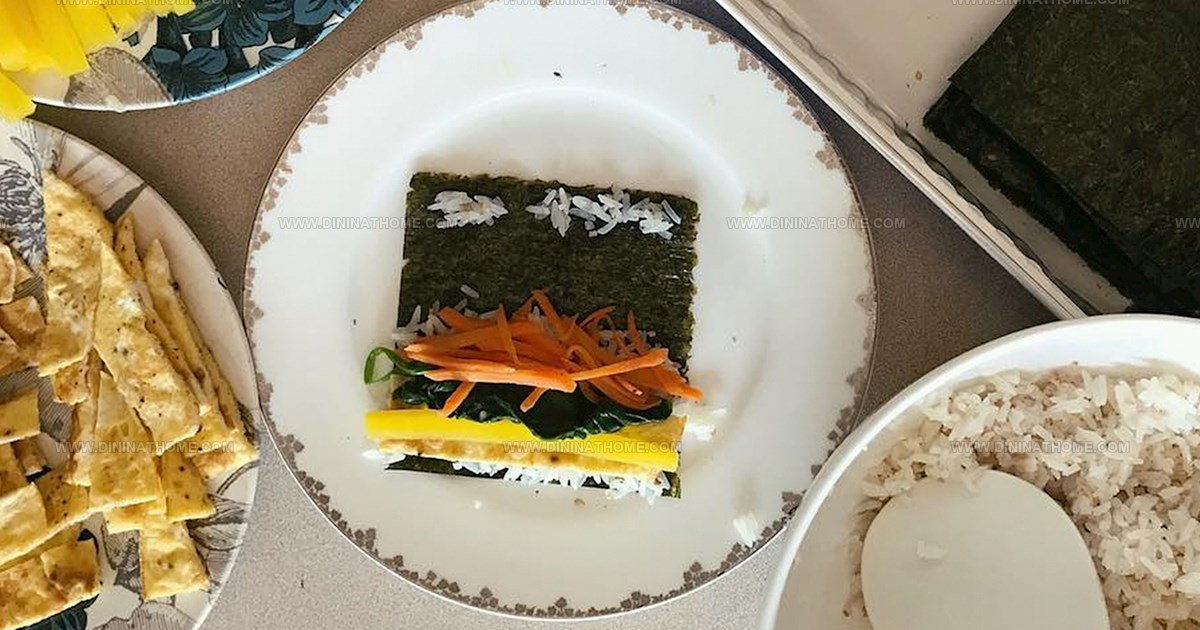

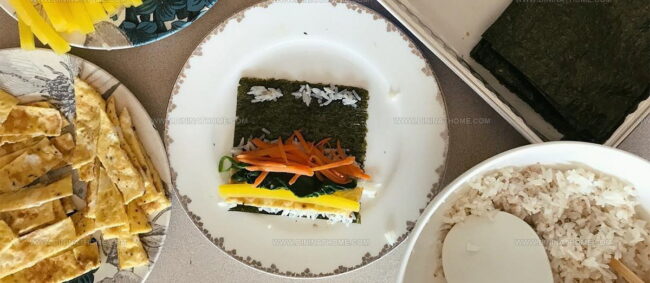
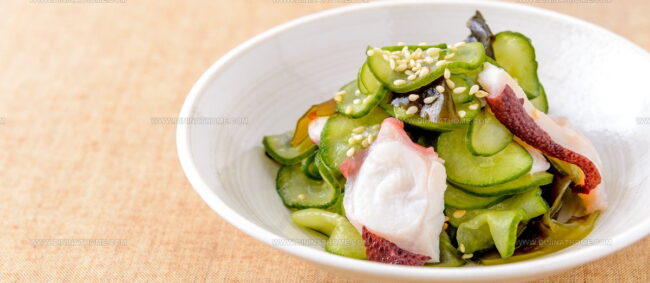
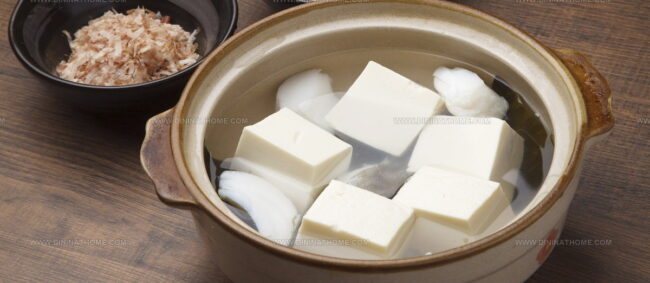
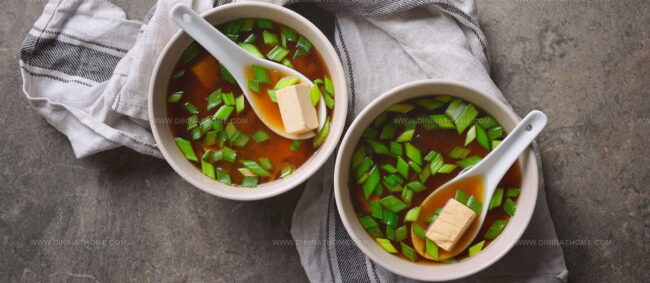

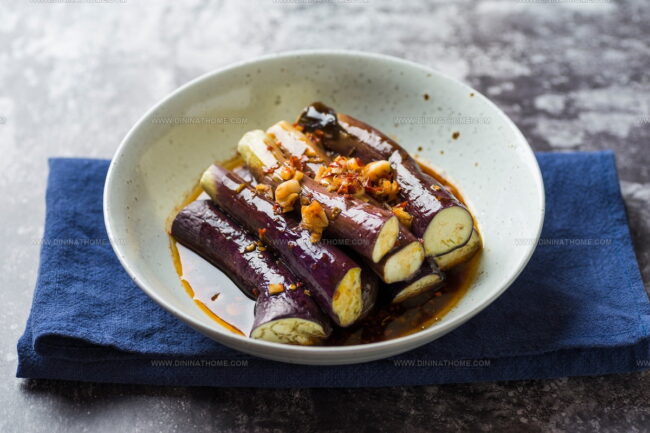
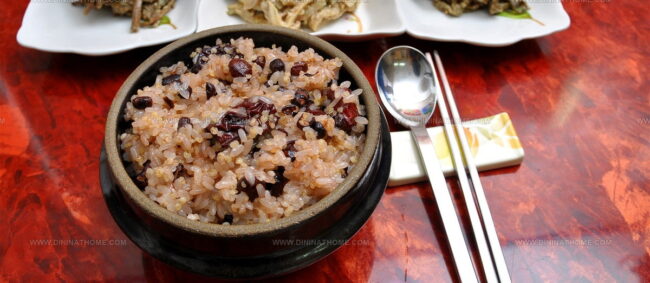
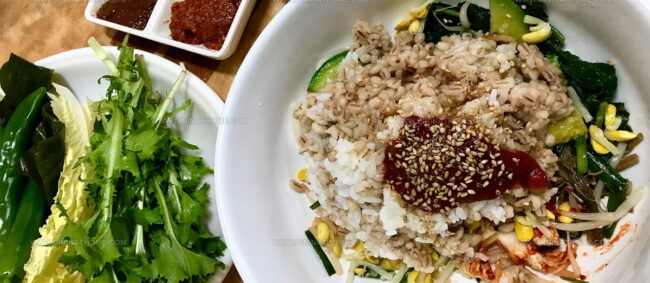
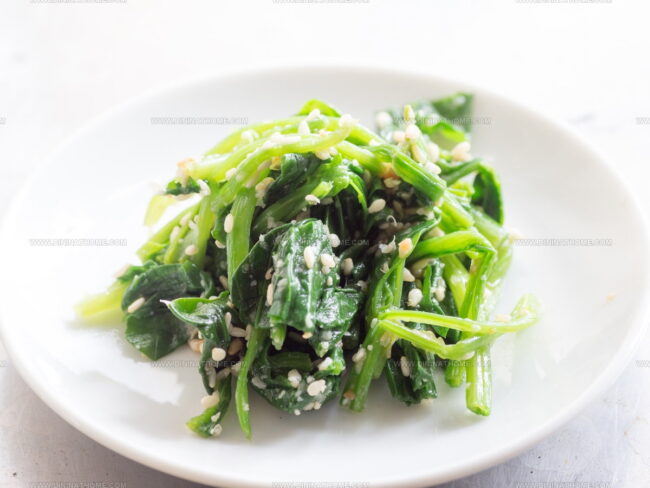
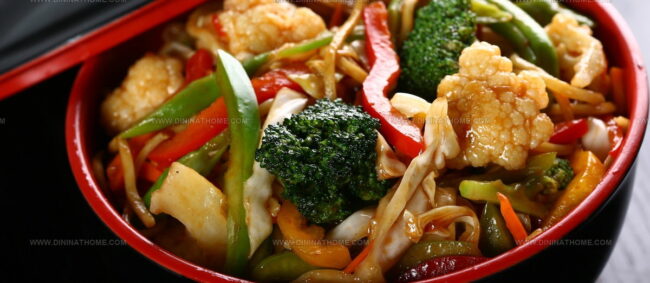
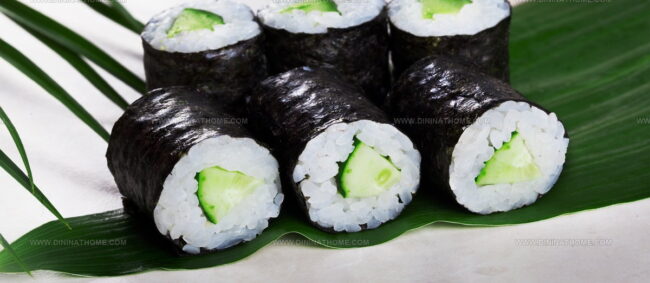
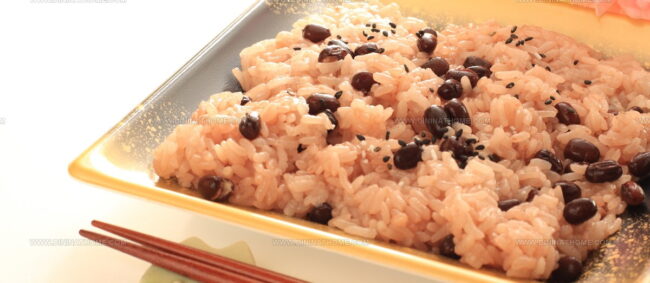

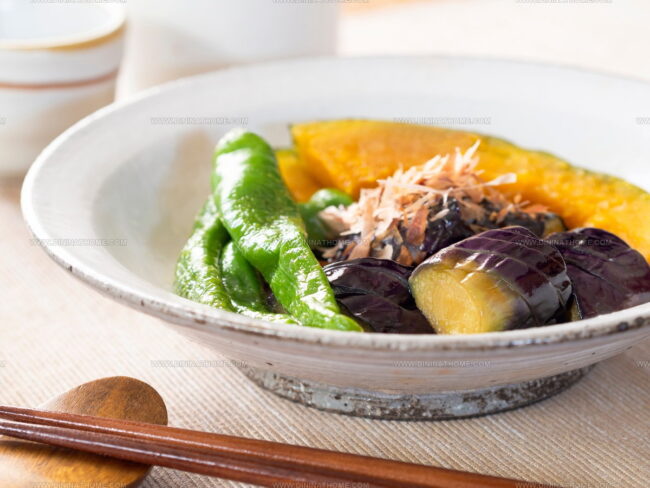
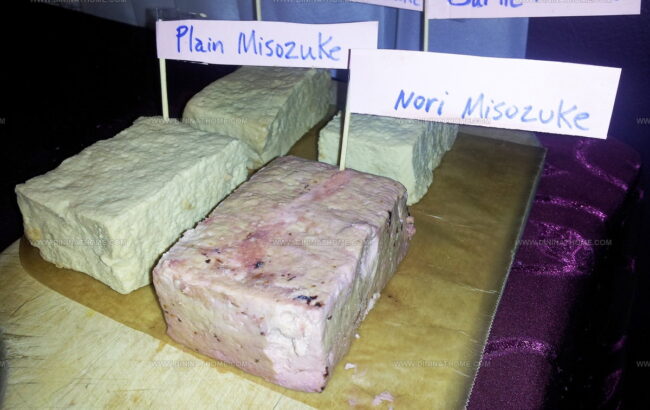
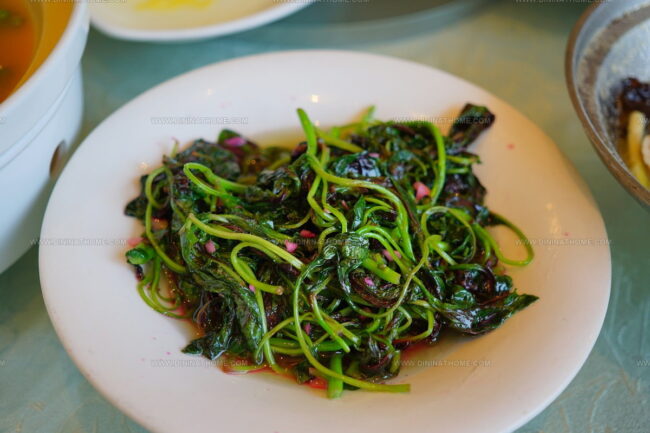
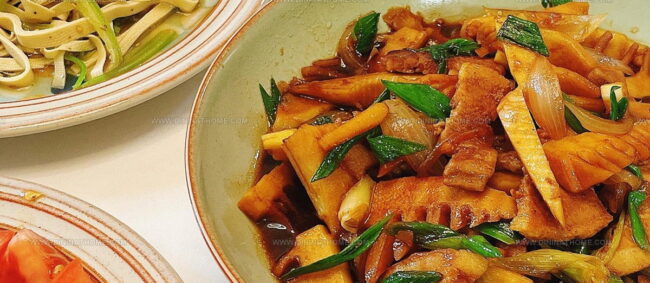
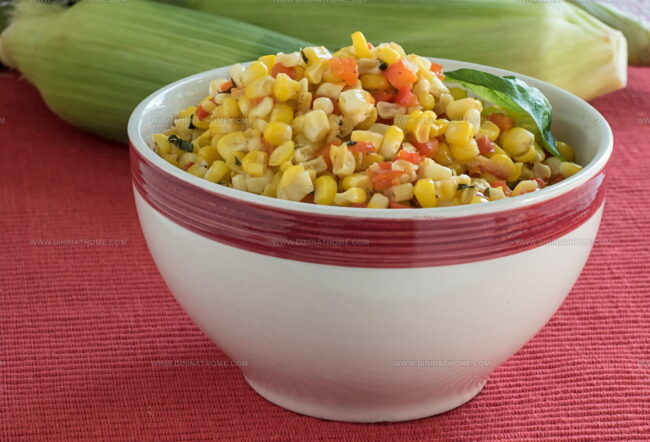

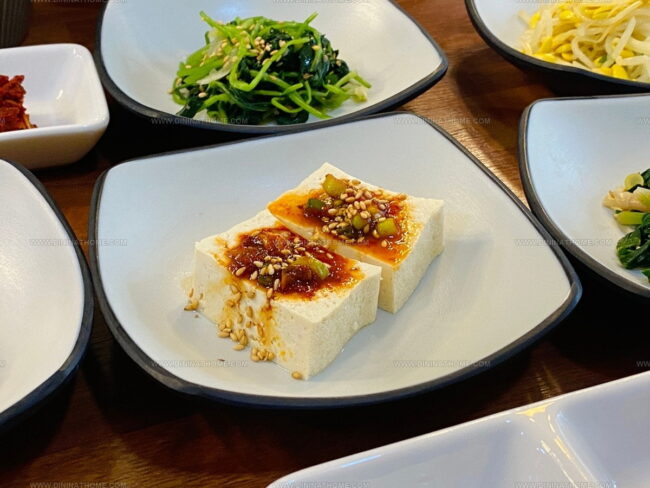
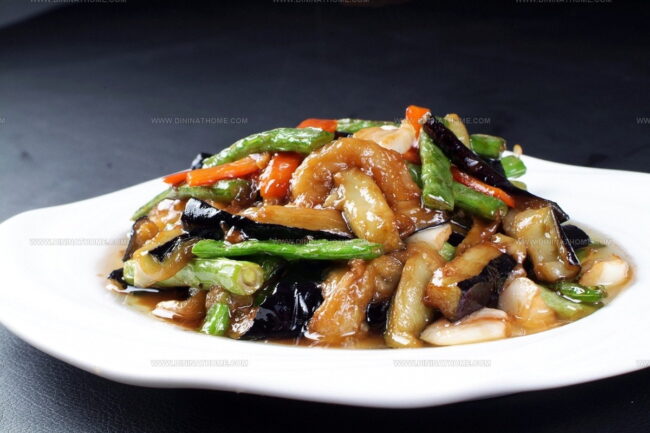
Emily Harper
Nutrition Consultant & Recipe Analyst
Expertise
Healthy Recipe Modification, Nutritional Analysis & Meal Planning, Global Cuisine & Dietary Adaptations
Education
School: French Pastry School, Chicago, IL
Program: L’Art de la Pâtisserie
Focus: Intensive training in traditional French pastry techniques, baking theory, and confectionery arts.
Emily’s journey started in a pastry kitchen but took a detour into the world of health and flavor science.
Graduating from the French Pastry School and studying nutrition opened her eyes to a new mission: making healthy food taste like something you’d actually crave.
At Dining At Home, Emily’s the go-to for smart, feel-good recipes that don’t trade flavor for nutrition.
She’s all about adding a fresh spin on old favorites and finding small ways to make everyday meals a little brighter.
Outside of the kitchen, Emily is most at home walking forest trails, testing plant-based recipes, or sharing a picnic under a wide-open sky.